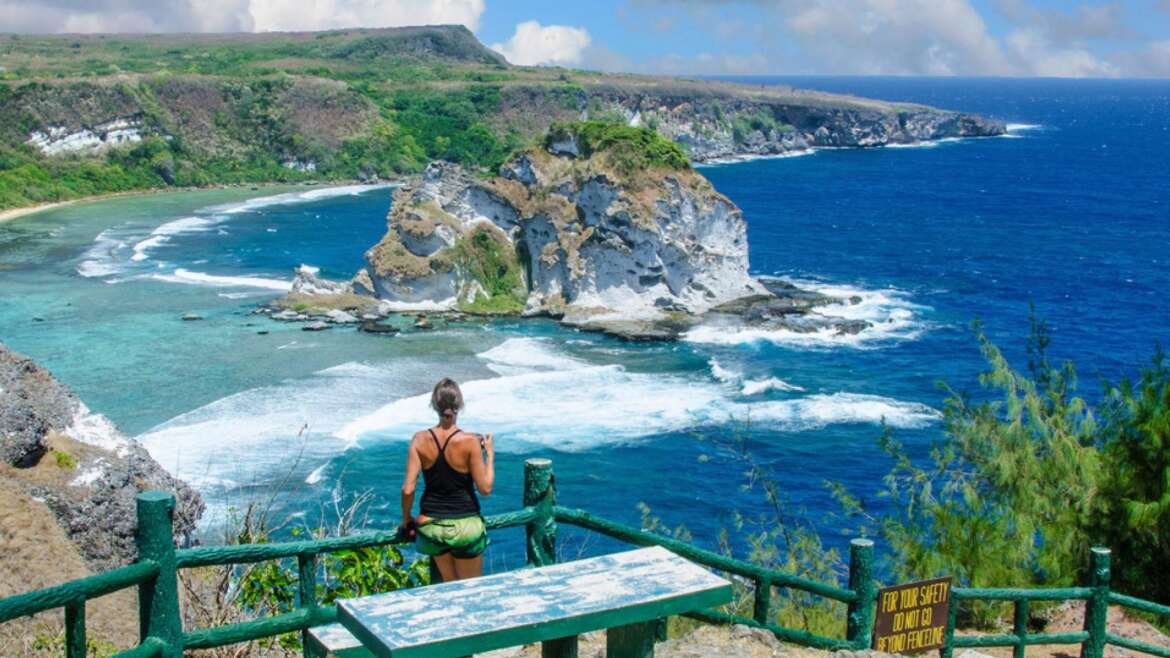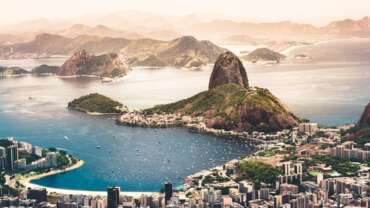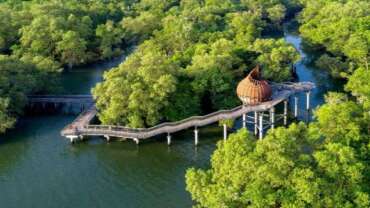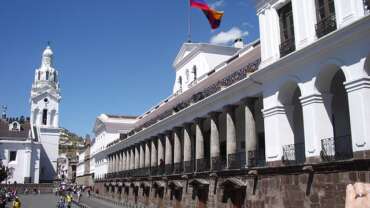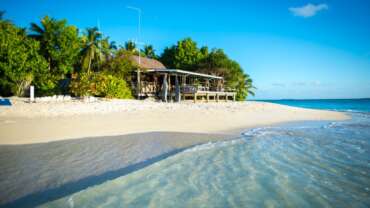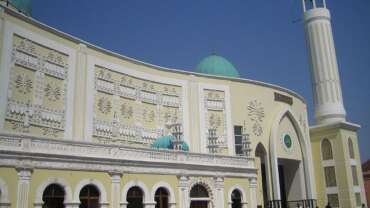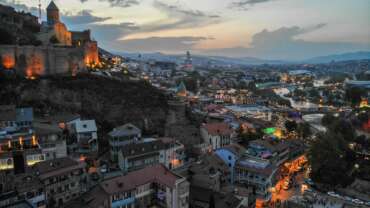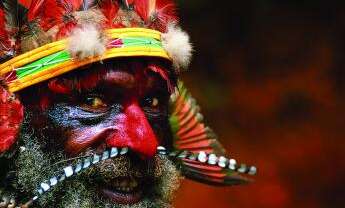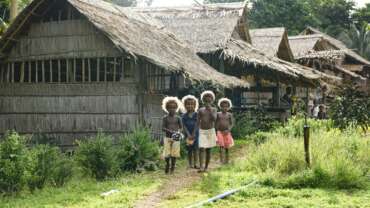Welcome to Northern Mariana Islands
The Northern Mariana Islands are an easy warm-weather escape northeast of Guam. Once you’re on the islands of this U.S. commonwealth, the only difficult decision you’ll have to make is whether to sunbathe on a beautiful beach, try your luck at a casino, play golf with dazzling views of the Philippine Sea or go scuba diving in a World War II shipwreck. Then again, there is no reason why you can’t do them all.
History of Northern Mariana Islands
Early period
Archaeological evidence at Chalan Piao on Saipan indicates that the Northern Marianas were settled by an insular people originating in Southeast Asia. They made a distinctive form of red-slipped pottery, sometimes incised with lime-filled decoration, closely related to Philippine ceramics. By AD 800 a plain, unslipped pottery style was in use. Stone architecture had also developed, characterized by parallel rows of upright pillars topped with hemispheric capstones (halege). According to early Spanish accounts, the pillars were supports for structures called latte (for which term the culture is named), which may have served as houses or canoe sheds. Each village had from one to several latte structures. Stone and shell tools were used and betel nuts were chewed, as shown by extended burials most often located between the rows of latte.
The Portuguese navigator Ferdinand Magellan was the first European to arrive on the Marianas when he stopped there briefly in 1521. There is some historical question as to which island he actually visited, but Magellan named the islands the Ladrones (Spanish: “Thieves”) because while he was there some of the islanders took a small skiff that he had trailing behind one of his ships.
In 1565 Miguel López de Legazpi landed at Umatac, Guam, and proclaimed Spanish sovereignty over the Ladrones; some priests went ashore to perform mass. No colonies were started at that time, however, because the Spanish were more interested in conquests in the Americas, the Philippines, and the Moluccas. The British adventurer Thomas Cavendish was the next to visit the Marianas, in 1588 aboard the Desire. He traded briefly, and as he left he ordered his men to open fire from the rear of the ship to discourage the islanders from following.
The effects of the early explorers and those who followed them to the islands were mixed. On one hand the Europeans provided ironware and cloth, which was traded for fresh produce. On the other hand they introduced infectious diseases, including influenza, smallpox, leprosy, venereal diseases, and tuberculosis, which severely depleted the indigenous population.
Spanish colonial rule
The permanent colonization of the islands began with the arrival of the Jesuit priest Diego Luis de Sanvitores in 1668. With him were priests, laymen, women, and some Filipino soldiers. Mariana of Austria, the regent of Spain, financed his mission, and he renamed the islands the Marianas in her honour. Sanvitores and his colonists established churches and religious schools. A series of revolts attended those efforts, since the islanders resisted conversion to a religion that did not fit traditional beliefs. In response, the Spanish moved the population of the Marianas into enclaves and segregated the people into villages. Many islanders were killed in the process of relocation. Others died from the rapid spread of disease in the settlements, thus further decreasing the population.
In 1680 the Spanish sent reinforcements led by José Quiroga, who was interim governor of the Marianas from 1680 to 1696. He subdued the islanders after a series of revolts, sieges, murders of missionaries, and burning of churches that was known as the “Chamorro wars” and that resulted in many islanders fleeing to the hills. In reprisal, the entire native population was relocated from Saipan and Rota in the northern Marianas to the island of Guam. Finally, the Chamorro people took the oath of allegiance to the king of Spain, accepted Spanish customs, and began to wear Western-style clothes, cultivate corn (maize), and eat red meat—some of the cultural traits that the Europeans associated with “higher” civilization. Artisans were sent to the villages to teach sewing, spinning, weaving, tanning, iron forging, stone masonry, and other crafts. By 1698 the subjugation of the Marianas was complete.
The Spanish branched out from the Marianas into the rest of Micronesia, meeting only mild resistance. Guam became a regular stop for the Spanish galleons traveling between the Philippines and Mexico.
By the 19th century the Marianas had become involved in European colonial rivalries. German and British soldiers and settlers began to encroach on Spanish claims in Micronesia, and difficulties were averted in 1886 by the mediation of Pope Leo XIII, whose efforts in this regard prevented war between Germany and Spain. But Spain’s empire was weakening, and by 1898 war with the United States was at hand. After American naval forces under the command of Commodore George Dewey defeated the Spanish fleet in the Philippines and took Guam, Spain decided in 1899 to withdraw entirely from the Pacific. It subsequently sold its possessions—including all of the Marianas except Guam, which the Americans still held—to Germany.
German and Japanese control
The Germans promptly established an administrative centre at Saipan, which had served as the seat of the Spanish administration after the Americans captured Guam in 1898. This period marked the permanent division between Guam and the Northern Marianas. Schools, a hospital, and other public buildings were erected in the Northern Marianas, and colonists were encouraged to emigrate from Germany. Large coconut plantations were started, as were other agricultural projects. Copra production was the main German agricultural interest.
German control in the Northern Marianas ended abruptly with the outbreak of World War I. In October 1914 the Japanese navy took possession of the Northern Marianas and the rest of Micronesia. Japan’s authority for this seizure was based on several secret agreements with the British designed to keep the peace in Asia in the event of war. After World War I, Japan received the Northern Marianas by the terms of the Treaty of Versailles on June 28, 1919, and then later as a mandate under the League of Nations on Dec. 17, 1920. The United States, which continued to hold Guam, recognized this mandate on Feb. 11, 1922.
Japanese rule in the Northern Marianas was direct and allowed the islanders little part in local government. The basic laws of Japan were extended to the islands with only a few modifications to meet local conditions. Formal educational facilities were restricted, with emphasis placed on learning the Japanese language. Public health conditions, however, were improved, and hospitals were established. Economic development was Japan’s main interest, and large sugarcane plantations and refineries were started at Saipan and Rota. Large numbers of labourers and investment capital were made available. There was also full employment.
With the start of World War II in the Pacific in December 1941, the Japanese immediately took Guam from the United States and made their domination of the Marianas complete. The larger islands of Saipan, Tinian, Rota, Pagan, and Agrihan, along with Guam, became bases for Japanese expansion to the south and east. In 1943 U.S.-led Allied forces began to reduce Japanese strength in Micronesia, and in June–July 1944 the Marianas were neutralized with the recapture of Saipan, Tinian, and Guam. The three islands then became Allied bases for the bombing of the Japanese home islands; the atomic bombs dropped on Hiroshima and Nagasaki were flown from an air base at Tinian.
People of Northern Mariana Islands
The native people of the Northern Mariana Islands are Micronesians. Only about one-fourth of the total population are Chamorros, descendants of the original inhabitants, who intermingled with Spaniards, Mexicans, Filipinos, and various other Europeans and Asians. About one-third of the people are Filipino, and there are smaller proportions of Chinese, Koreans, and other Pacific Islanders. There is also a small minority of Carolinians, descendants of people who migrated from the central Carolines during the 19th century. About two-fifths of the Northern Marianas population is native-born; small numbers come from Guam, the United States, or nearby island states. More than half of the people are nonresident aliens, or guest workers, mostly from Asia and largely employed in the garment industry. Since the late 1990s the government has attempted to control and reduce the number of nonresidents.
Having lost most of their original Pacific Islands culture, the people of the Northern Mariana Islands have a mode of life that is Spanish Roman Catholic but is influenced by American culture. Saipan has more than nine-tenths of the commonwealth’s total population. Chamorro, related to Indonesian, is the principal language. Chamorro, Carolinian, and English are official languages; Chinese and Filipino are also widely used. About nine-tenths of the population speaks a language other than English at home. Although Roman Catholicism predominates, there are significant minorities of independent Christians, Protestants, and Buddhists.
Cultural Life of Northern Mariana Islands
The cultural diversity of the Northern Marianas has increased rapidly since the late 20th century. There are growing Filipino, Chinese, and Korean communities, although they have limited political representation. The Carolinian community, which has lived on Saipan since the 19th century, is represented in the legislature. The local Chamorro population, with its tradition of extended families, is dominant in political, economic, and cultural matters.
A local arts council has promoted folk arts and cultural events in the community, and there are small museums and libraries. Public beach parks and preserves as well as golf courses and other sports facilities provide recreation; scuba diving is particularly popular among tourists. American national holidays and several local holidays are celebrated.
The Guam daily newspaper, which provides some local coverage, supplements two local weekly newspapers; all are published in English. There are several radio and television stations, and mobile phone usage, though low, was increasing in the early 21st century.
Endless ocean views and fun!
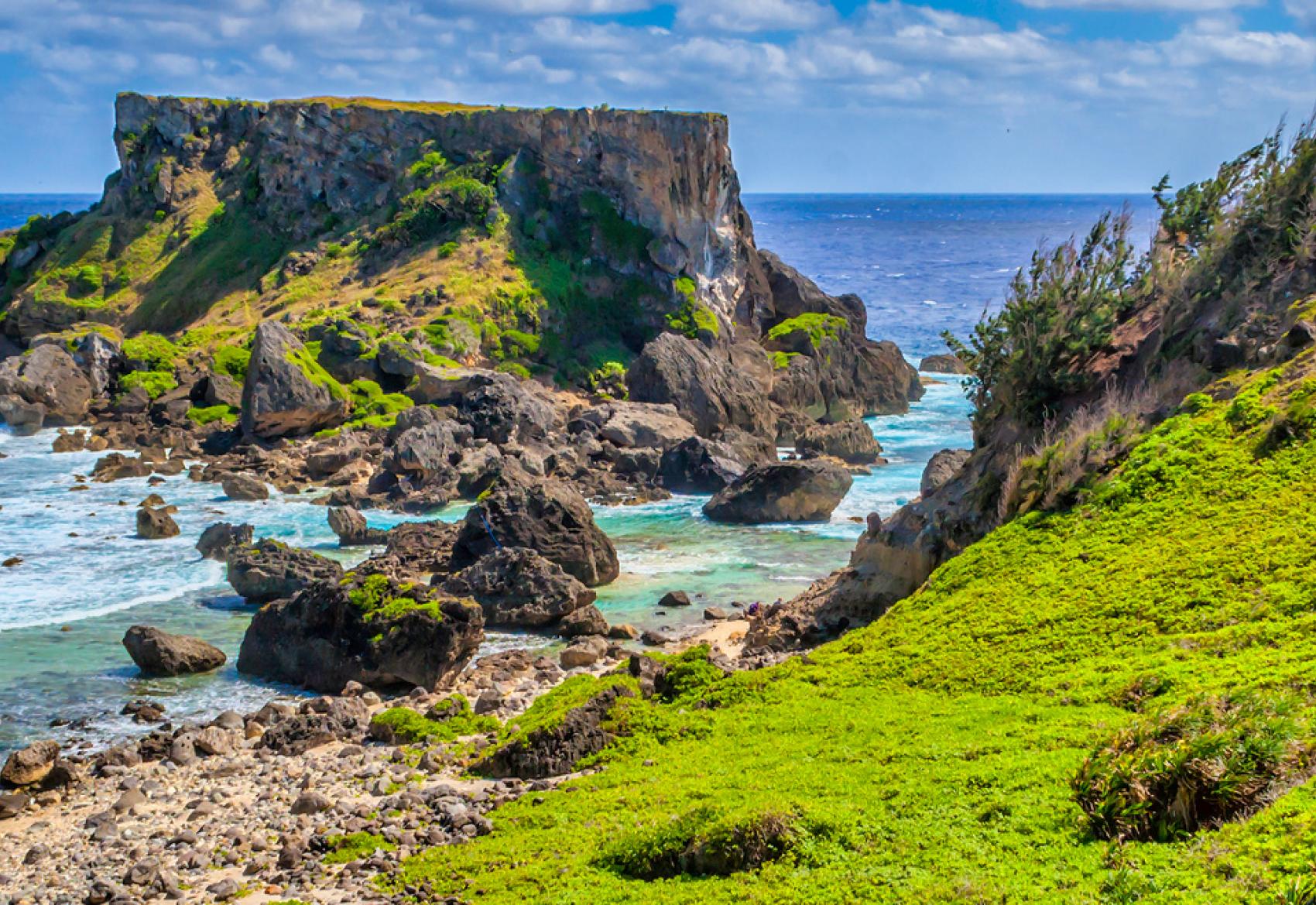
Though the Northern Marianas consists of 15 islands in total, the most popular are Saipan, Tinian, and Rota. Saipan, the largest of the Northern Mariana Islands, has an area of 115.4 square kilometers. It takes less than an hour to traverse the island by car. Start on the sand – specifically, the blazing white shoreline of Micro Beach in Saipan, popular among locals and visitors alike. Then, head to the many, many others offering lush tropical scenery and a whole range of activities. If you’re feeling adventurous, there’s always cliff jumping, cavern dives and night diving.
Northern Mariana’s resorts and country clubs are more than just sleek beach fixtures; they are gateways to the territory’s vibrant outdoor life and urban spirit. Resorts arrange hikes to hidden villages, banana boat rides and cliff fishing. Take a windsurfing tour or tee off at one of the golf courses.
The Islands’ storied past – and especially its indigenous Chamorro culture – is very much alive everywhere you look. Archeological sites, prehistoric stone structures and small villages engage you with people, past and present. Spring and summer’s San Vicente Fiesta and San Antonio Festival introduce you to Chamorro and Carolinian food, dance and music.
History buffs will also find the Northern Mariana Islands a trove of exceptionally preserved World War II buildings and posts, including a Japanese lighthouse, bunkers, jails and an abandoned airfield. Banzai and Suicide Cliffs are dramatic testaments to the character of the Chamorro people.



